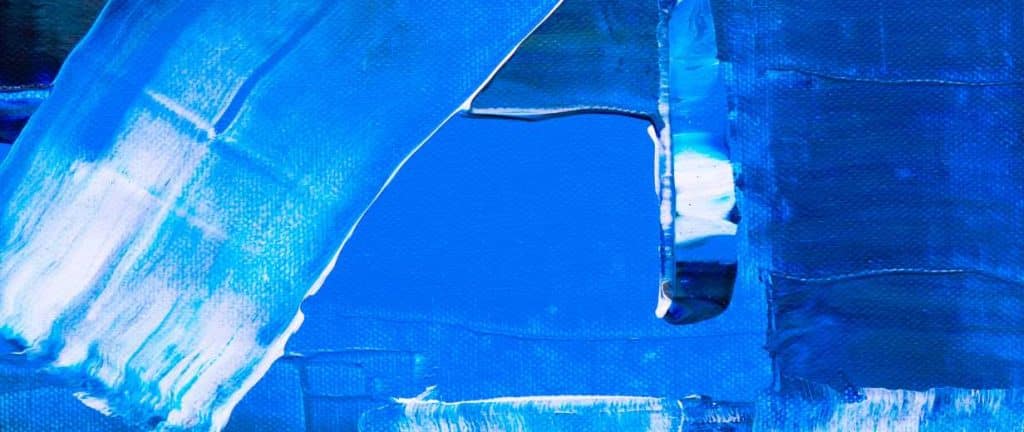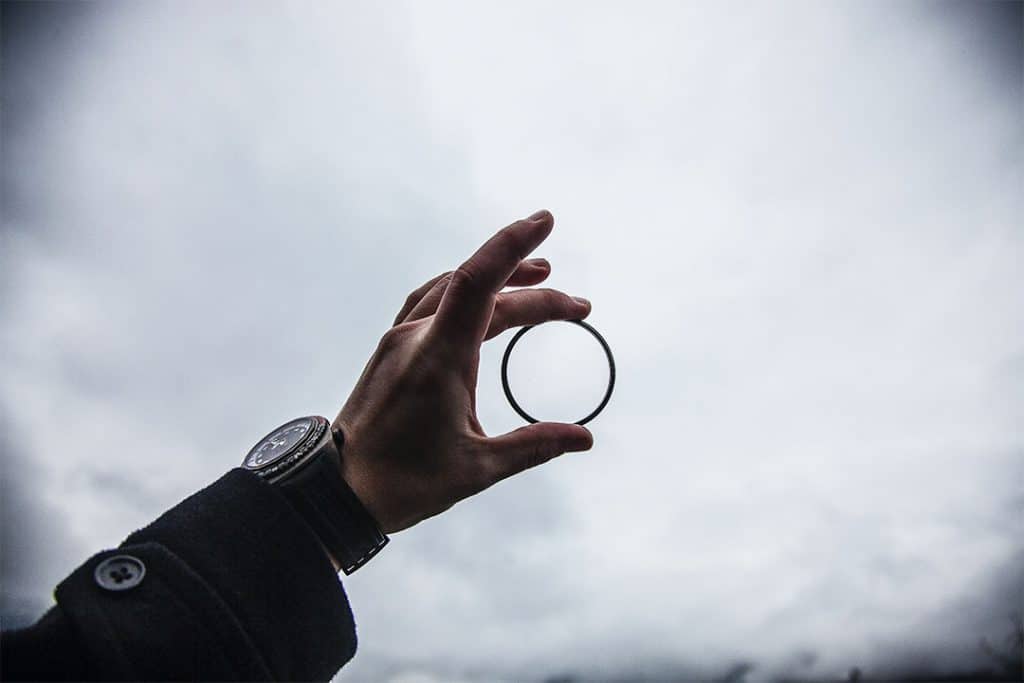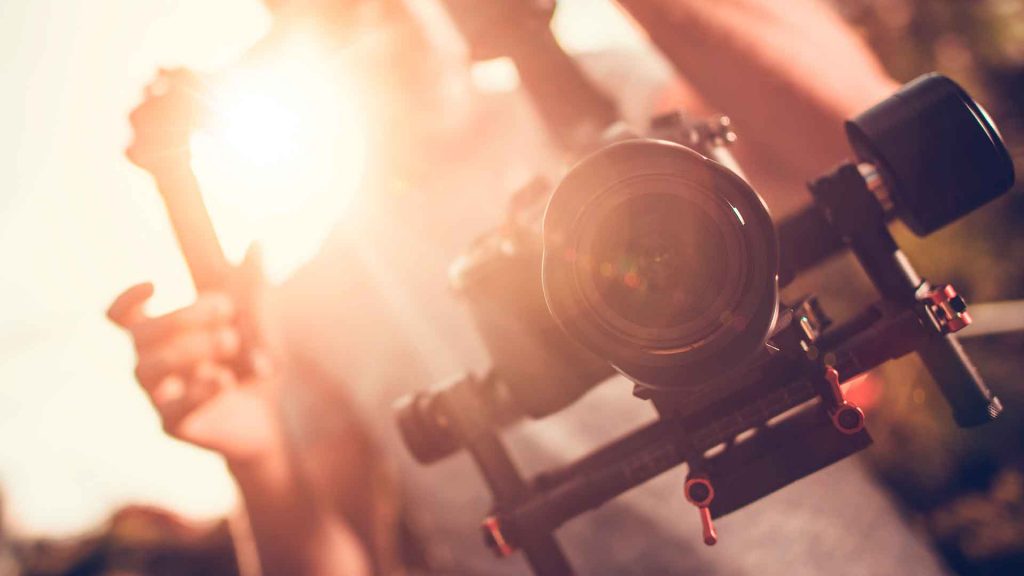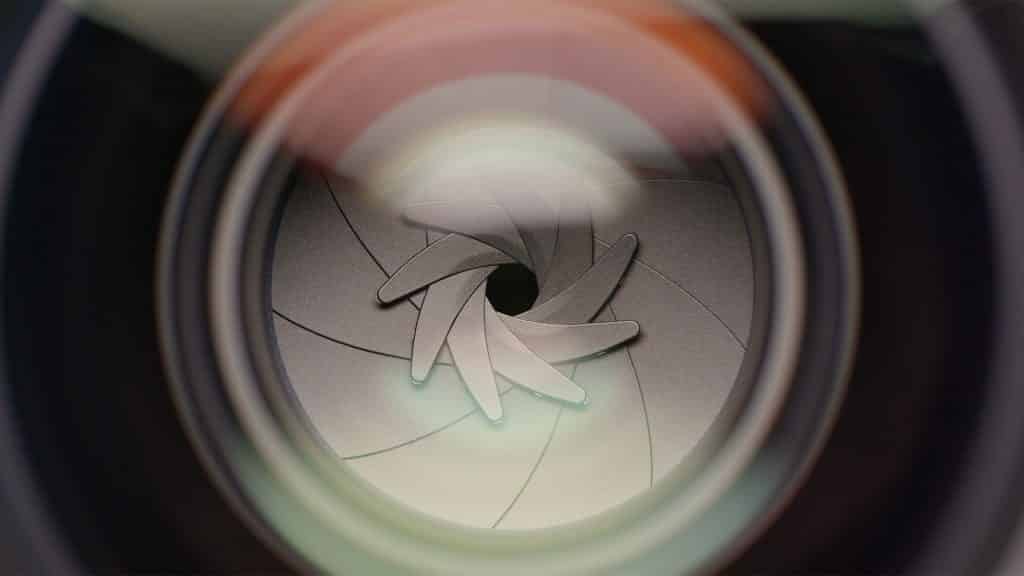What is Depth of Field?
Depth of field is the distance that appears acceptably sharp between objects in a photo or a frame of a movie, that is, it is the distance that appears in focus. The camera can only focus sharply on one point. The distance containing that point will be called the depth of field.
An image with little depth will be one that contains a very small distance sharply focused.
An image with a lot of depth will be one that contains a very wide distance sharply focused.
Below we leave you some images to more easily understand this concept.

How to achieve depth of field in photography?
The depth of field in photography is determined by two main factors; Focal length and aperture.
Focal length
The focal length (usually represented in millimeters) refers to the general description of a lens. Lenses are photographic lenses.
It is not a measure of length but refers to a calculation. This calculation is the optical distance, that is, the distance between the point where the light rays converge to the camera sensor.
The focal length tells us the angle of view, that is, what part will be captured and how large the individual elements will be. The longer the focal length, the less part of the scene will be captured and the larger the individual elements will be. On the contrary, the smaller the focal length, the less enlargement the elements will have and the greater part of the scene will be captured.
Once the focal length is understood, we can explain how it affects the depth of field:
- The smaller the focal length, the greater the depth, that is, the less magnification, the more sharp distance we will capture.
- The larger the focal length, the less depth of field, that is, the less we capture of the scene, the less sharp distance we will get.
Knowing how the focal length affects the depth of field, we can use the lenses and their focal lengths to change the depth, for example; if we want to have a very sharp image, that is, with a very wide focal length, we will use a lens with a very small focal length such as a wide angle. However, if what we want is to reduce the depth, we will change the lens to one with a very wide focal length such as a telephoto lens.

Aperture
The aperture in photography refers to a partition in the lens of a camera which regulates the amount of light it lets in when capturing an image.
It is usually represented in photography with the number “f”. The higher the “f” number, the less light the aperture will let through, the lower the “f” number, the more light it will let through to the camera sensor.
This number directly affects the depth of field, as the amount of light it allows in modifies the amount of scene that will be seen sharply.
- The higher the “f” number, the greater the depth and more part of the scene will be sharp.
- The lower the “f” number, the shallower the depth of field and narrower will be the part of the scene that is seen sharply.
Once these concepts are understood, we can modify the “f” number of our camera settings to change the amount of focus we want,if we want a wider focus we will raise the “f” number while we will lower it if what we want is to narrow the amount of scene that is seen sharply.
Narrative of depth of field in photography
Once the technical concepts of depth of field are understood, we can move to the next level and understand what it is used for in the field of narrative.
Over the years, a unique narrative language has been experimented with and created from the depth of field and the amount of focus a frame or frames have.
Shallow depth of field
In a scene or sequence with shallow depth of field, narratively, it could represent:
- Isolation of a character
- Character’s difficulty fitting into the sequence
- Doubts of the character
- Blurred vision
- Lack of clear thought
- Altered state
- Perception altered by drugs or other factors.
Deep depth of field
When we have a scene or sequence in which the depth of field is very wide, narratively, it could represent:
- Character’s self-confidence
- Clarity of ideas
- Concise and adequate vision
- Clairvoyance
- Total integration of the character into the context or place
These are some of the narrative lines influenced by depth of field, but they are not the only ones. Nor does it even mean they always apply this way. A shot with shallow depth does not imply that the character is poorly integrated or has doubts or has altered perception. These are general rules that usually work, but narrative is really subjective.
Each director or photographer can impose their own narrative rules on their work and assign different narrative meanings to deep or shallow depth.
From INTI Audiovisual, we recommend that you conduct your own tests,changing lenses with different focal lengths and changing the “f” number of the aperture as we have taught you to perceive how the depth changes, and from this draw your own conclusions about what it may mean narratively to create your work.








